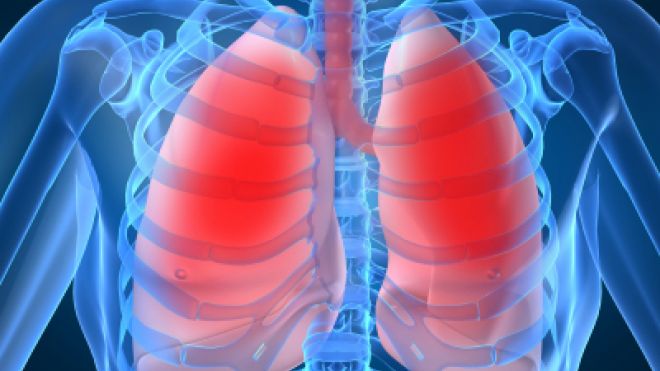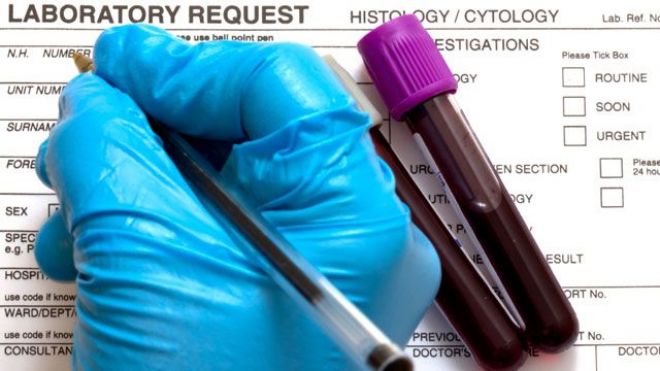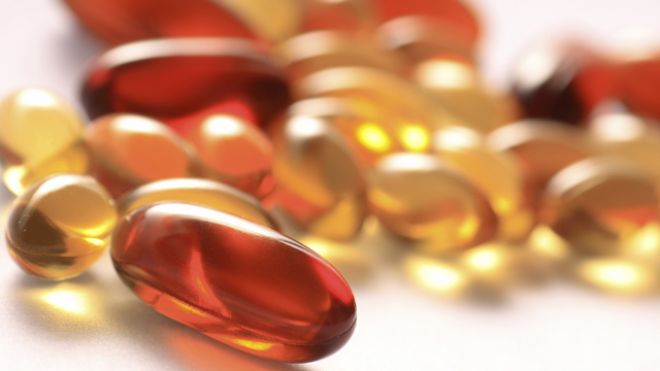
For many women, the extra calories that are vital for a healthy pregnancy often become a green light to indulge and give into cravings. In fact, more than 30 percent of women who have a normal weight before becoming pregnant gain more than the recommended amount during pregnancy, according to the Centers of Disease Control and Prevention’s Pregnancy Risk Assessment Monitoring System. If you’re overweight or obese before getting pregnant, or you gain too much weight during pregnancy, you and your baby’s health could be compromised. For starters, there’s an increased risk of high blood pressure, gestational diabetes and preeclampsia. There’s also a greater chance that you could have a miscarriage, a stillborn baby, deliver early or be required to have a cesarean section. Your baby could also develop birth defects and detecting them with an ultrasound can be tricky if you’re obese, according to Dr. Alyssa Dweck, a board-certified obstetrician and gynecologist and co-author of V is for Vagina. During labor and delivery, there’s also a higher chance for blood clots, C-section infection, and difficulty administering anesthesia. You might also have a larger baby, and studies show overweight women also have problems breastfeeding. Plus, losing weight after delivery could be tough too. Several rat studies also indicate that babies born to overweight moms might actually have permanent changes in their brain structures and genetic preferences that could put them at risk for cardiovascular disease, high blood pressure, and diabetes. “It is possible that we’re creating a generation of kids who are more likely to be obese, and as they grow up and have children, it creates more and more of a genetic problem,” said Melinda Johnson, a registered dietitian and spokesperson for the Academy of Nutrition and Dietetics. Babies born to overweight mothers are also more likely to be overweight themselves, but it’s not clear if it’s because they have the same eating habits as their moms or if it’s just plain genetics, according to Johnson. Regardless, “pregnancy is a great time for future mothers to start learning better habits, because we definitely know those habits play a huge role in the health of their children,” she said. If you’re planning to get pregnant or you already are, find out what you can do to have a healthy weight.   Know the guidelines Even if you’re already overweight, weight loss should never be your goal during pregnancy, according to Dweck.  Instead, follow the Institute of Medicine’s guidelines for pregnancy weight gain, which are based on your body mass index (BMI). So if your BMI is normal, aim to gain 25 to 35 pounds; if you’re overweight stay within 15 to 25 pounds, and if you’re obese, 11 to 20 pounds. Take your vitamins To make sure you’re getting the right amount of nutrients, look for a prenatal vitamin with 1 milligram of folic acid, iron and docosahexaenoic acid (DHA). A good prenatal should also have 1200 milligrams of calcium and 600 to 1,000 milligrams of vitamin D. Eat a balanced diet It’s important to eat regular meals throughout the day to keep your blood sugar steady and your energy levels up. Johnson recommended eating every two to four hours depending on how hungry you are.  It’s OK to give into your cravings, but try to put the focus on eating lots of fruits and vegetables, whole grains, lean proteins, and low-fat dairy. Instead of eating foods loaded with saturated fats, opt for those with heart healthy fats like salmon, avocado, nuts and seeds. Drink plenty of water and nix soda, juice and sugary drinks. “Those are empty calories; they’re never going to make you feel full,” Dweck said. Talk to an expert If you’re worried about your weight or your diet, talk to your doctor or a registered dietitian about nutrition and exercise – ideally before you get pregnant.  Pregnancy is not the time to start an exercise program, Dweck said. Don’t look at the scale Is the number on the scale creeping higher every week despite your best efforts? Don’t fret, said Johnson, who noted that your weight doesn’t matter if you’re making healthy choices, paying attention to portion sizes and exercising. “If women follow that advice, they can save themselves a lot of stress,” she said.Julie Revelant is a freelance writer specializing in parenting, health, food and women's issues and a mom. Learn more about Julie at revelantwriting.com.source : http://www.foxnews.com/health/2013/05/19/how-not-to-gain-too-much-pregnancy-weight/




